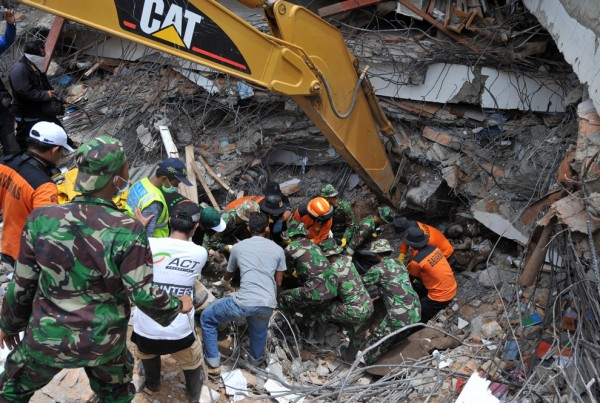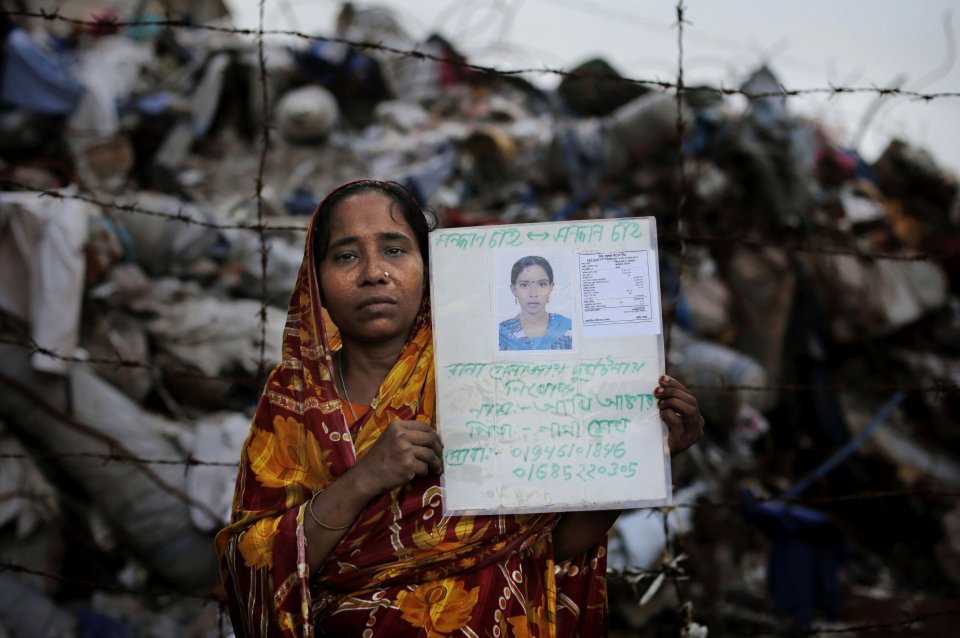
The Piper Alpha disaster which killed 167 workers on 6 July 1988 off the coast of Aberdeen is the world's deadliest ever oil rig accident.
Even 25 years on, Charles Haffey's most powerful memory of the Piper Alpha disaster was the overwhelming, deafening noise. The vast inferno created by simultaneous eruptions from ruptured gas and crude oil pipelines sounded like thousands of blow torches alight at full pressure.
A lack of communication at a shift change meant staff were not aware that they should not use a key piece of pipework which had been sealed with a temporary cover and no safety valve. Gas leaked out and ignited while firewalls that would have resisted fire on an oil platform failed to cope with the ensuing gas explosion.
That intense, inescapable roar was accompanied by other sounds, as the extraordinary heat melted steel, fracturing Piper Alpha's vast structure, as glass windows exploded and as its offices, canteens and sleeping quarters disintegrated.
There were three then four vast explosions, each seeming more devastating than the last, spread out over several hours.
When the platform blew 167 out of 228 workers either on the rig or one of the safety standby vessels patrolling it died. The platform was completely destroyed and it took almost three weeks for the fire to be brought under control by famed American wild well controller, Red Adair.
"At the time we felt detached from what was going on because I suppose psychologically your brain can't process what's going on. It was surreal. Your mind can't take it in," Haffey said, in an interview with the Guardian.
"If you take the actual rig itself, the best way you can describe the rig is if you can imagine a welder's blow torch and magnify it thousands of times. The brain switches off; your brain can't accept what's happening. At the back of your mind you're aware that the next step you take could be your last. You have no sense of time."
He remembers the heat: on one effort to find survivors who had jumped into the sea – dozens of men jumped, some from 180 feet or more - they had sailed under Piper Alpha, some 20 to 30 feet from the burning platform.
They were saved from being boiled by the overwhelming heat by water being hosed over their heads from the Tharos, Piper Alpha's semi-submersible fire-fighting and accommodation vessel. "I remember going through this thin mist: somebody on the Tharos had turned the water on to keep us cool," he said. "We managed to get through it and picked these guys up."
Haffey, now a civil servant living in Fife, was on board Piper Alpha's rescue vessel, the Silver Pit, when the rig exploded on the night of 6 July 1988. As one of the men most heavily involved in the rescue effort. He had both a grandstand seat and a hands' on role in the disaster.
He recalled hearing the staccato detonations of explosions, the sounds of men screaming, of retrieving burnt survivors and bodies, and once watching one man drown. Two fellow crew men on the Silver Pit were killed too, on a Zodiac fast rescue boat.
He had had previous experience of violence at sea: Haffey had served in the Falklands war in 1982, as a sonar operator on board HMS Yarmouth, a Type 12 frigate which was heavily involved in the fighting before and after the Royal Marines landed in San Carlos Water.
In his interview for a new documentary on the disaster, Fire in the Night, based on a book of the same name by the journalist Stephen McGinty, Haffey said: "If you're working in a factory, your alarm bell goes, you go into the car park, you are safe, yeah? You get your name ticked off, the fire brigade arrives, yeah? That doesn't happen at sea, particularly not on a ship, particularly not on an oil rig, yeah?
"That fire alarm goes off, if you can't fight that fire, if something happens to you rig, or happens to that ship and you end up in the water, that's when your survival starts. That's the beginning of your problems, it's not the end of your problems, it's the beginning of your problems."
Remarkably, two weeks after Piper Alpha, Haffey was back at sea after resuming his role on board the Silver Pit. It was back on site as a guard vessel. He saw the shattered remains of the platform being sunk into the sea in a muted ceremony to clear the site.
He recalled on Fire in the Night his conflicted feelings. "It kind of reminded me of a squat, ugly crab, you know? [And] you hated this thing, you hated this thing, because it caused so much misery. You didn't want it to be there – you wanted it wiped from the face of the Earth. And yet I was also there when they brought the Piper Alpha down, when they demolished it.
"[Then] I remember thinking 'But there's nothing there any more'. I hated it for being there but when they demolished it, you hated it for not being there, because there was nothing there that said something terrible, something … a great tragedy's happened here."
For many, many other men who survived Piper Alpha, the psychological trauma was intense and far-reaching.
A study published in the British Journal of Psychology by three experts in disasters then based at the Centre for Trauma Research at Royal Cornhill hospital in Aberdeen, Alastair Hull, David Alexander and Susan Klein in 2002 found that significant rates of survivor guilt, anger, acute post traumatic stress and physical injury. Nearly every survivor experienced psychological trauma.
They interviewed 36 survivors: a third of those experienced survivor guilt 10 years after the disaster, and 70% acute guilt. Another 61% had "performance guilt", blaming themselves for their decisions on the night. Nearly every man there lost a friend and 86% saw someone killed or severely injured.
Hull, now with NHS Tayside, said there was one other significant but so far unreported finding as the disaster worsened: very high levels of "collegiate behaviour", or selfless cooperation and comradeliness with men they barely knew.
"We found a huge number of very collegiate descriptions: of men deciding to help others who they didn't necessarily know terribly well, and coming together almost as teams to help each other survive. Quite startling examples," Hull told the Guardian.
"A very high percentage of people thought that they were going to die," he said. "Some of the men had very prolonged escapes." Unlike many disasters which occur suddenly and quickly, the Piper Alpha disaster was drawn out: it was several hours before the final devastating explosions.
Yet the trapped men repeatedly showed altruism was not restricted to friends or workmates. "It was one man's first ever shift on Piper Alpha," Hull said. "It was very very clear they helped whoever was there."
Haffey said his response to the disaster at the time was not to dwell on it – he felt "there was no point for me either regretting it or not regretting it". But he confirms there were some mental scars: anger was one significant after effect. But he no longer feels any anger.
"I'm fed up feeling angry, because no matter how angry you are, you're not going to change anything that night. I was angry, I would say, for about the first ten years but somehow you just have to reason with yourself: no matter how angry you get about this you're not going to bring those guys back."
A report into the disaster by Lord Cullen judged that the operator Occidental Petroleum had used inadequate maintenance and safety procedures. He made more than 100 recommendations about how safety should be improved in the North Sea.
Friday 5 July 2013
http://www.guardian.co.uk/uk-news/2013/jul/05/piper-alpha-disaster-oil-rig-survivors
http://www.guardian.co.uk/business/2013/jul/04/piper-alpha-disaster-167-oil-rig











